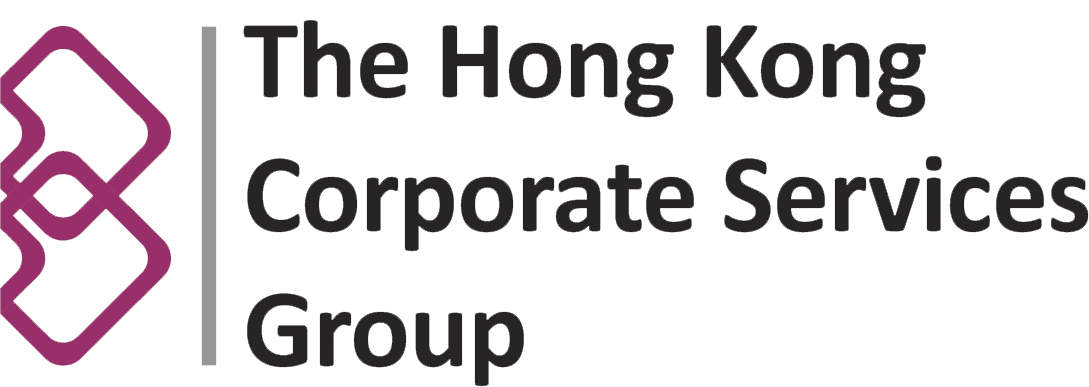The Next Generation of Megalopolis… The Greater Bay Area
The term was used originally by Patrick Geddes in his 1915 book Cities in Evolution, by Oswald Spengler in his 1918 book The Decline of the West, and Lewis Mumford in his 1938 book The Culture of Cities, which described it as the first stage in urban overdevelopment and social decline. Later, it was used by Jean Gottmann in his landmark 1961 study, Megalopolis: The Urbanized Northeastern Seaboard of the United States, to describe the chain of metropolitan areas along the northeastern seaboard of the US, extending from Boston, Massachusetts, through New York City, Philadelphia, and Baltimore and ending in Washington, D.C. and Northern Virginia.
In China, until recently the official term corresponding to the meaning of “megalopolis” is 城市群 (chéngshì qún), which literally means “city cluster”. “An area in which cities are relatively densely distributed in a certain region” in addition, there used to be no clear distinction between “megalopolis” and “metropolitan area” (都市圈) in Chinese context until the National Development and Reform Commission issued Guidelines on the Cultivation and Development of Modern Metropolitan Areas issued on Feb 19, 2019 and clarified the definition of a metropolitan area.
New beginnings…
Overseas companies and entrepreneurs have much to look forward to with the official China State Council announcement of the Greater Bay Area blueprint – the much-anticipated plan to create a financial and innovation hub to be comparable to and rival Silicon Valley in California or Tokyo Bay in Japan. The ambitious “Greater Bay Area” plan encompasses 11 key cities in southern China, including the four economic powerhouses – Hong Kong, Macau, Shenzhen and Guangzhou – that will be the core engines for economic development.
This new economic hub instantly pools together 67.6 million people over an area of 56,000 sq. km, with a combined Gross Domestic Product (GDP) of about US$1.36 trillion – roughly equivalent to that of Australia. The plan encourages closer cooperation among the 11 cities in areas of infrastructure development and current connectivity, innovation and technology, environmental protection, new energies, livability and young entrepreneurship.
It also forms part of Chinese President Xi Jinping’s global trade strategy – the “Belt and Road Initiative” – whereby the area’s innovation and technology products and services would be exported to countries along the economic belt, as well as cooperating with China’s three economic zones of Qianhai, Nansha and Hengqin.
“This blueprint offers a roadmap for the next generation with the goal of making Southern China a world class destination to live, to travel and do business,” said Ken Deayton, Founder and CEO, The Hong Kong Corporate Services Group. “We anticipate that huge business opportunities will present themselves for companies that can seize these business openings.”
Technology innovation
A key to the future success of the Greater Bay Area lies in the technology sector. Already we are seeing tremendous spurts of creativity in areas such as Fintech, telecoms and artificial intelligence (AI). AI has been earmarked by China for huge growth and China has already stated its aim to be the world leader in AI by 2030. All across China, mammoth new investments are being made to stimulate R&D and innovation in AI, including the building of a huge new technology park outside Beijing that will be home to over 400 AI-based companies.
Despite the investments across China, look no further than Shenzhen – one of the core engines in the Greater Bay Area – to lead the way in AI development and innovation. The Southern Chinese city, a renowned area for IT innovation and manufacturing, has been innovating in AI products longer than any other place in China. The city practices what it preaches and is widely acknowledged as China’s most futuristic and most forward-thinking business AI hub. In fact, nowhere in the world has as many AI-savvy engineers and companies that are revolutionizing the way businesses and consumers use AI in everyday life.
AI has seeped into just about every product and service we buy and use today – from cashless payment systems to consumer services. But even bigger developments have been seen in solving business problems. There are companies in Shenzhen that specialise in the creation of robotics to replace entire production lines, making traditional manual labour lines redundant.
Future proofing
High-speed big data, cloud computing, biometrics and so-called deep learning, a strand of AI, will be the focus of new innovation across China in the coming years and overseas companies who see the future that AI will play, would be wise to view the enormous opportunities that will present themselves in the Greater Bay Area.
Shenzhen will remain the beating heart of IT innovation in the Greater Bay Area, especially in AI. But Hong Kong – less than an hour away by road – may well be the ideal location to set up your business, to tap into innovations occurring just across the Chinese border. With its business-friendly outlook, financial expertise, world class infrastructure and stringent rule of law, Hong Kong provides overseas companies with all the advantages and benefits to be successful in China.
Facts at a Glance
The total economic size and population of the 9 cities in the Pearl River Delta accounts for 85% and 52% that of Guangzhou Province, respectively. The ranking of the 11 (9+2) cities by total economic size in 2017 are as follows:
• Hong Kong RMB 2,232.6 billion
• Guangzhou RMB 1,961.1 billion
• Shenzhen RMB 1,949.3 billion
• Foshan RMB 863 billion
• Dongguan RMB 682.8 billion
• Huizhou RMB 341.2 billion
• Zhongshan RMB 320.3 billion
• Macau RMB311.9 billion
• Jiangmen RMB241.9 billion
• Zhuhai RMB 222.6 billion
• Zhaoqing RMB 208.4 billion
GDP of the proposed Greater Bay Area (9 + 2 cities and Guangdong Province, 2017 (RMB over 100 million)

